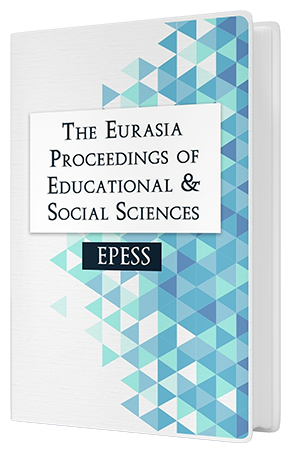IT Strategic Planning and Process Framework for Ethiopian Higher Educational Institution
Keywords:
IT strategic planning, Process framework, CSF, Balance scorecardAbstract
Ethiopian Higher Educational Institution (EHEI) established an ICT Directorate office for each public universities, colleges and institute, with the same supervisory level as Dean of Colleges, Faculty and Institute to implement and integrates ICT in all aspects of educational system from teaching, learning and research. It has been established a university wide ICT Infrastructure and built capacity to serve the University core processes and outreach the external community with required ICT consultancy services and other research/development requirements. However, to date based on the existing literature and in the case of TVETI, there has been no common and uniform IT manual of policies for each above-mentioned department in ICT Directorate and up to today it has not been assimilated in Senate Legislation of each EHEI. This research study focus on effective IT strategy for the ICT Directorate aligned to the strategic targets and management of Ethiopian Higher Educational Institution (EHEI). The propose IT strategic plan will be included to the existing EHEI goals, objectives and action plan that will be given priority not only as a supporting services but important role in educational decision making and planning. The study aims at designing a IT strategic plan based on the framework as proposed by Alex Cullen and Marc Cecere. SWOT, Critical Success Factors (CSF) and IT Balanced Scorecard will be adopted to analyze the needs of IT in EHEI. This IT master plan will serve as a road map and ICT strategic development plan that will serves as guiding model strategic plan for the adoption, implementation, monitoring, and evaluation of ICT services under ICT Directorate office of EHEI particular TVETI.Downloads
Published
Issue
Section
License
Copyright (c) 2019 The Eurasia Proceedings of Educational and Social Sciences

This work is licensed under a Creative Commons Attribution-NonCommercial-ShareAlike 4.0 International License.
The articles may be used for research, teaching, and private study purposes. Any substantial or systematic reproduction, redistribution, reselling, loan, sub-licensing, systematic supply, or distribution in any form to anyone is expressly forbidden. Authors alone are responsible for the contents of their articles. The journal owns the copyright of the articles. The publisher shall not be liable for any loss, actions, claims, proceedings, demand, or costs or damages whatsoever or howsoever caused arising directly or indirectly in connection with or arising out of the use of the research material. All authors are requested to disclose any actual or potential conflict of interest including any financial, personal or other relationships with other people or organizations regarding the submitted work.




